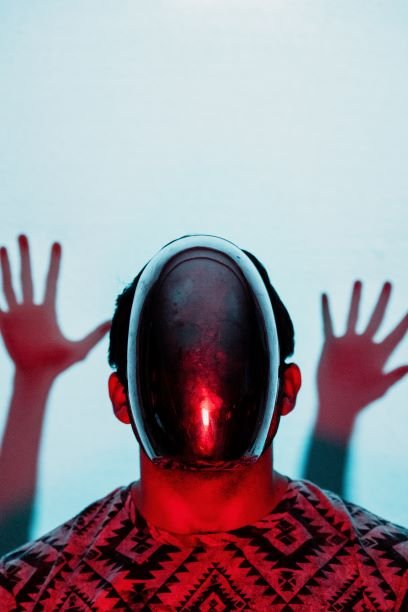Generating images with AI

Over the past two decades, the artist has traditionally used the remaining colour to paint a skull whenever he stops, interrupts, or finishes a painting. As I have been told, skulls are like a secondary process of the main painting. It’s like cleaning the engine after driving for miles and miles. Ronan estimates that he owns several thousand of this and that the massive spectator is perfect for the artist Robbie Barrat to form his GANs (generative opponent networks).

GANs consist of two neural networks that think like a human brain. In this case, we can consider ourselves as neural networks: first, a “generator” that we consider as a counterfeiter, and second, a “discriminator”. We provided the forger with a book of 500 skulls painted by Ronan that could be used to make a fake. If the counterfeiter is content with only three or four Ronans, a fake could not do well and critics would probably find it quickly. But after looking at enough of the paintings and trying over and over again, the forger may actually start producing paintings good enough to fool the critic, right? This is precisely what happens with GANs in AI art. Artchain Blockchain offers a transparent environment in which it is nearly impossible to duplicate merchandise. There’s no need to rely on trust because Artchain AI makes the market data freely available for the first time also It’s no secret that forgery is rife in the art world. While traditional forms of licensing create tradable commodities, blockchain is the ideal place to irrefutably establish an artwork’s origin and identity.
Artchain.ai
Artcoin.ai